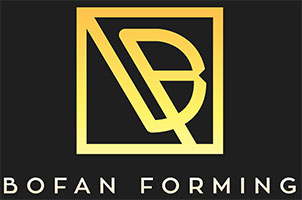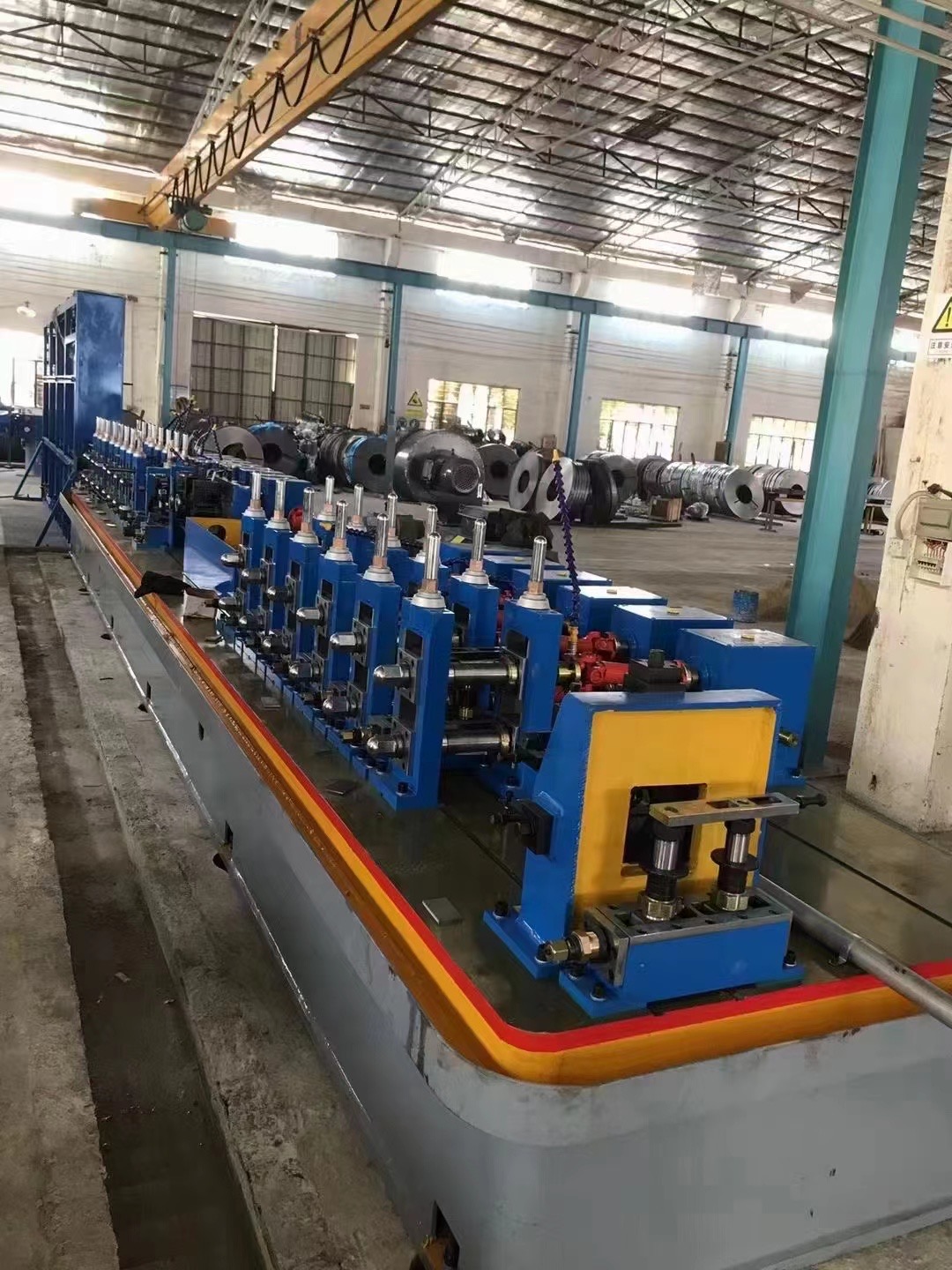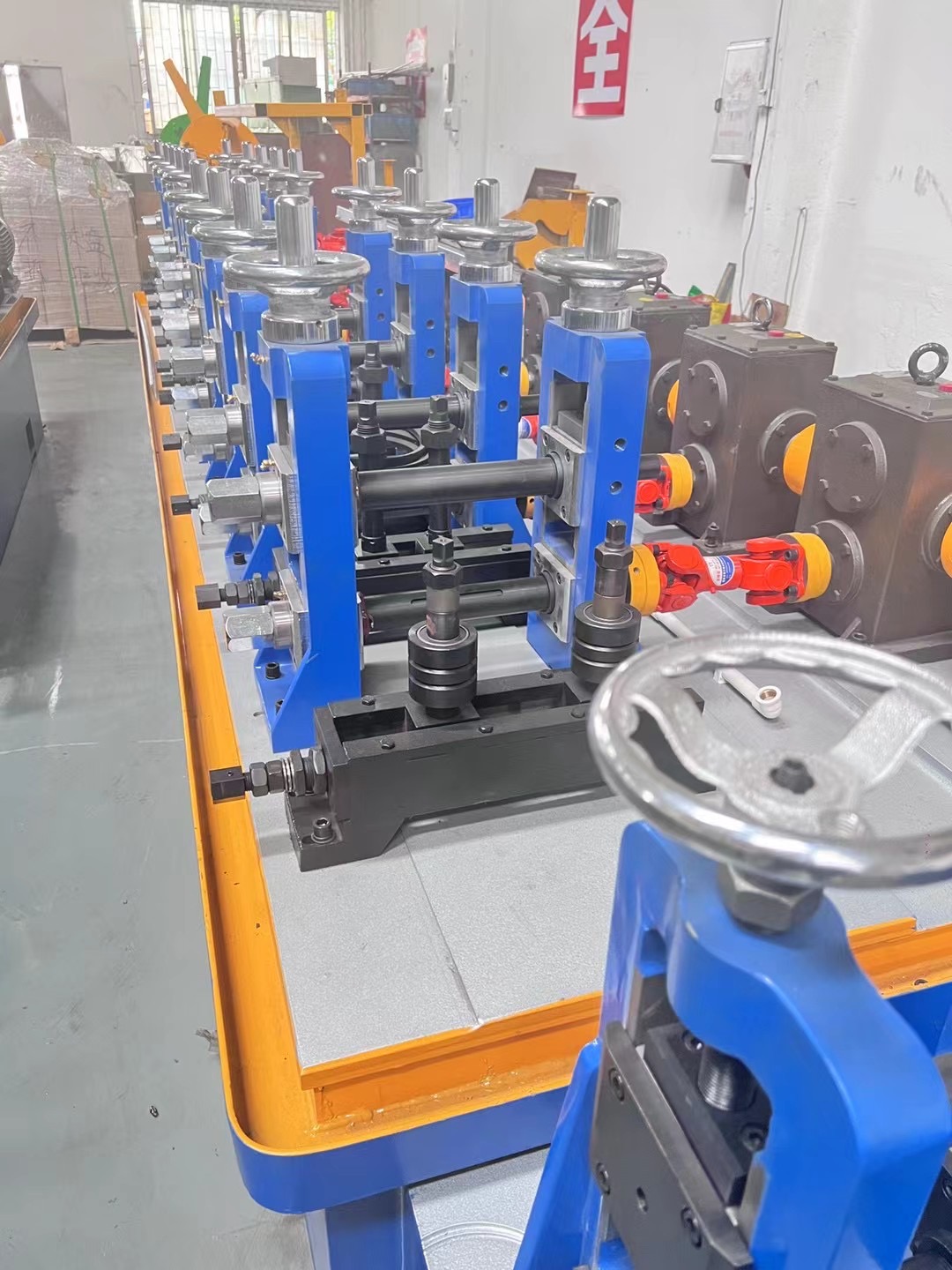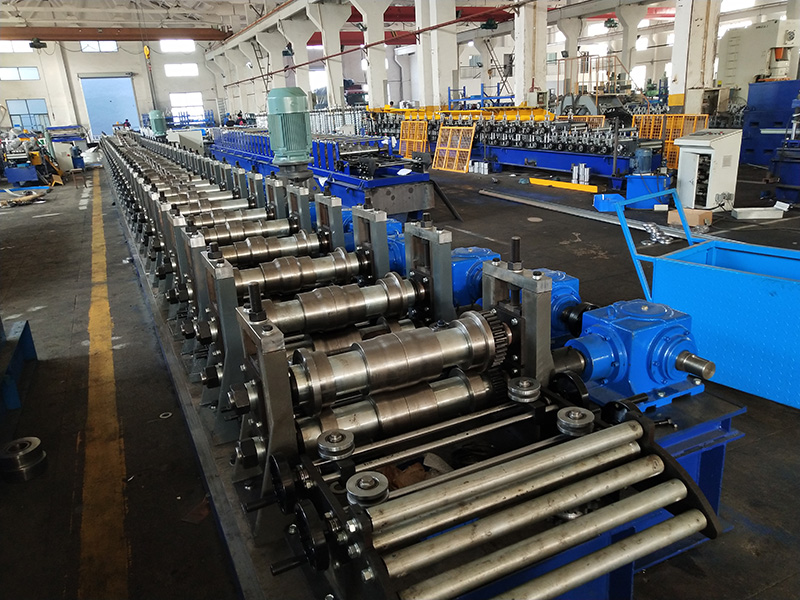How is the machining accuracy of cold roll forming equipment?
Cold roll forming is a process method to achieve shape change by changing the mechanical properties of metal materials. Cold roll forming equipment has been widely used in the metal manufacturing and processing industry, because of its processing accuracy directly affects product quality and process efficiency, has become a focus of attention.
Cold roll forming equipment processing accuracy is mainly affected by the following factors:
1. Material selection
Cold roll forming equipment for a variety of metal materials, such as steel, aluminum, copper, etc.. Different materials have different mechanical properties and plastic deformation capacity, the processing accuracy of the equipment will also have an impact. In general, high strength, small deformation capacity of the material is more difficult to achieve high-precision cold roll forming.
2. Equipment quality:
The processing accuracy of cold roll forming equipment is directly related to the quality of the equipment itself. Good equipment should have a stable structure and mechanical properties, can maintain stable processing accuracy and repeatability. The processing capability of the equipment, precision control and degree of automation will have an impact on the processing accuracy.
3. Mold design and processing
The processing accuracy of cold forming equipment is also related to the design and processing of molds. Reasonable mold design can reduce the deformation of the material and springback, improve molding accuracy. The processing quality of the mold directly determines the accuracy and surface quality of the finished product. The production precision, hardness and wear resistance of the mold all have an impact on the molding accuracy.
4. Processing parameters and process control:
the processing accuracy of cold forming equipment is also affected by processing parameters and process control. Processing parameters include material thickness, radius of curvature, angle, etc. These parameters affect the degree of deformation of the material and molding accuracy. Process control involves the mechanical properties of the process, material deformation and stress analysis, etc., a reasonable process control can improve molding accuracy.
Cold roll forming equipment to achieve the degree of processing accuracy depends on the combined effect of the above factors. Generally speaking, cold roll forming equipment can achieve higher processing accuracy. For ordinary cold forming equipment, processing accuracy can reach ± 0.1 mm. For high-precision requirements of cold forming products, such as precision instruments, electronic equipment, etc., its processing accuracy requirements are higher, can reach ± 0.05 mm or even smaller.
Cold roll forming equipment in the process also need to pay attention to the elastic rebound and deformation of the material. As cold roll forming involves elastic and plastic deformation of metal materials, the material after molding may have a certain rebound and deformation. In order to improve processing accuracy, rebound compensation and shape adjustment are required in process control. These problems are usually solved by adjusting processing parameters and improving mold design. In addition, appropriate follow-up processes can also be used to further correct processing errors and improve the shape accuracy of the product.
In conclusion, the processing accuracy of cold roll forming equipment is affected by a variety of factors, such as material selection, equipment quality, mold design and processing, processing parameters and process control. Comprehensive consideration of these factors, cold roll forming equipment can achieve high processing accuracy to meet the requirements of most products. For high-precision requirements of the product, but also need to be combined with reasonable process control and subsequent processing procedures to further improve processing accuracy.
*** Translated with www.DeepL.com/Translator (free version) ***






